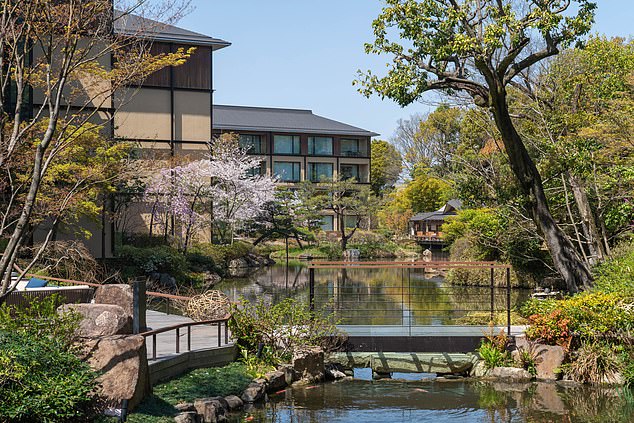In the 12th century, a peaceful garden was built for a samurai in Kyoto, the former capital of Japan.
Today, the same garden is home to the Four Seasons Hotel Kyoto, a sumptuous retreat that offers a window into a bygone era of Japan.
I check in for a stay a few weeks before the garden’s annual cherry blossom bloom and find glamorous travelers strolling where warriors probably once walked.
Japan boasts some of the best gardens in the world, but this oasis is of particular interest because it is one of the few remaining from the end of the Heian period, considered a golden age for arts and culture.
The records suggest that the samurai for whom this Eden was created was Taira no Shigemori, the eldest son of the leader of the powerful Taira clan.
Ailbhe MacMahon checks into the Four Seasons Hotel Kyoto. Her 800-year-old garden (above) was created for a samurai.
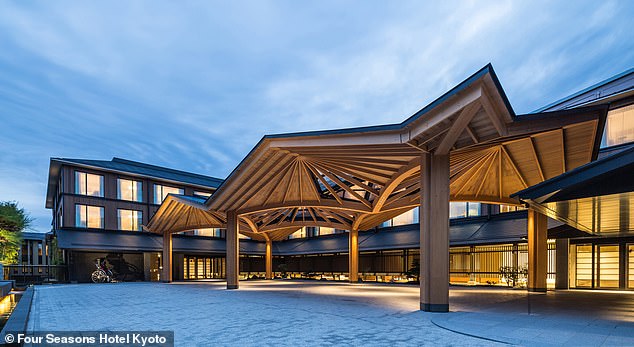
The entrance to the Four Seasons Hotel Kyoto is shaded by a striking wooden canopy.
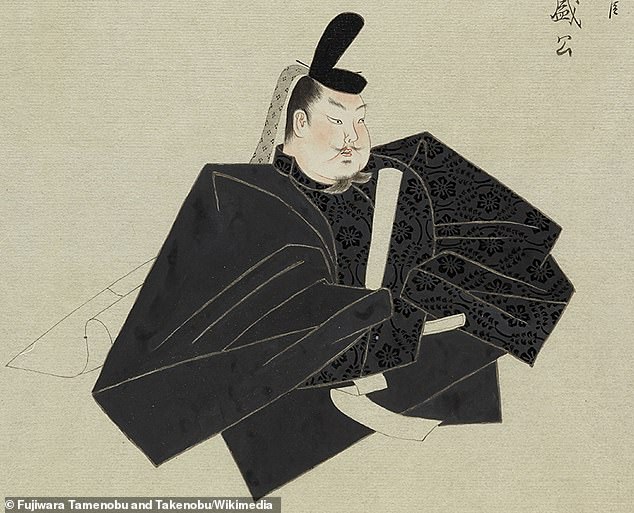
Taira no Shigemori, the samurai for whom the garden is believed to have been built
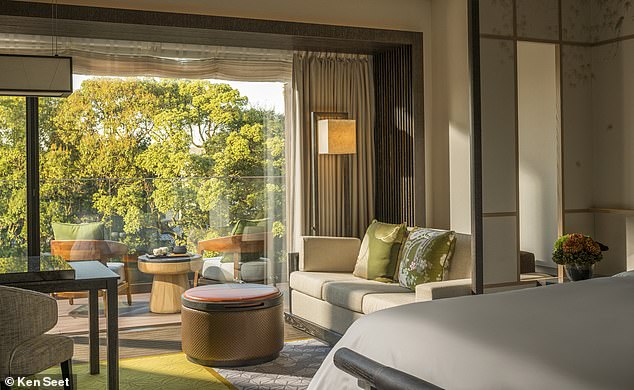
Ailbhe stayed in a Premier room, upstairs, with a stunning garden view.
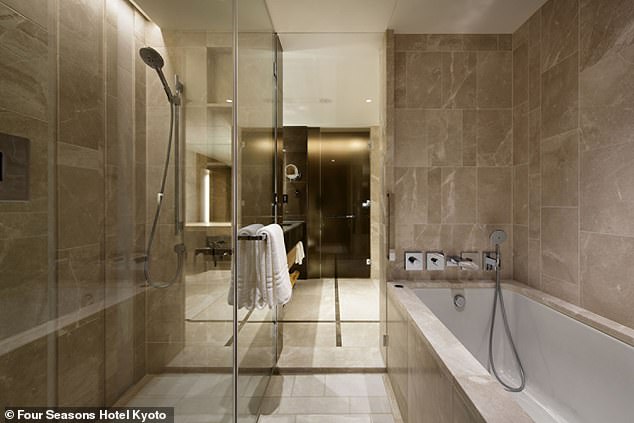
The marble-clad bathroom in a Premier room has a walk-in shower and a deep soaking tub.
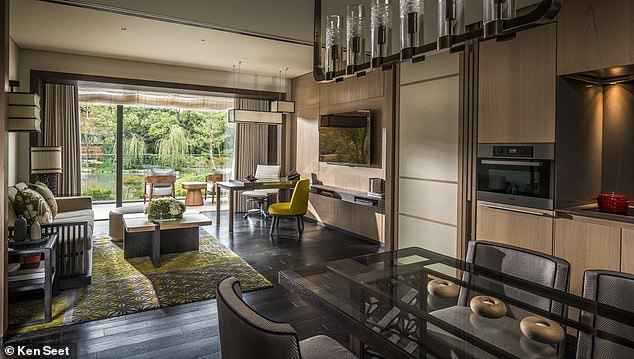
A One Bedroom Hotel Residence – Garden View, Sleeps Four
Its stately home on the grounds is long gone, but its garden, which occupies prime real estate in the historic Higashiyama district, remains an object of beauty thanks to the careful preservation work done by the luxury hotel chain.
A glass bridge arches over the garden ponds, its transparent floor showing the original stone bridge below.
Archival sketches informed the restoration of the garden’s waterfall. A winding path leads to the ‘Jizo’ statue, believed to protect travellers, which has been in situ for several hundred years.
Naturally, rooms with garden views have proven very popular since the hotel, with 123 rooms and suites, as well as 57 “residences” for longer stays, opened its doors in 2016.
Fortunately, my Premier room has a view of the lovely green landscape. Sliding ‘shoji’ panels divide the room, with hand-painted screens framing the bed and traditional yukata robes (a casual kimono) folded in the closet.
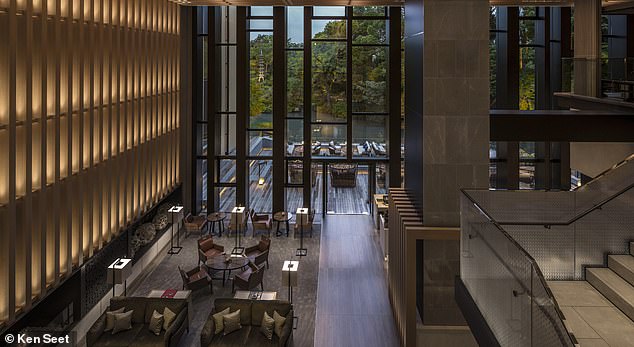
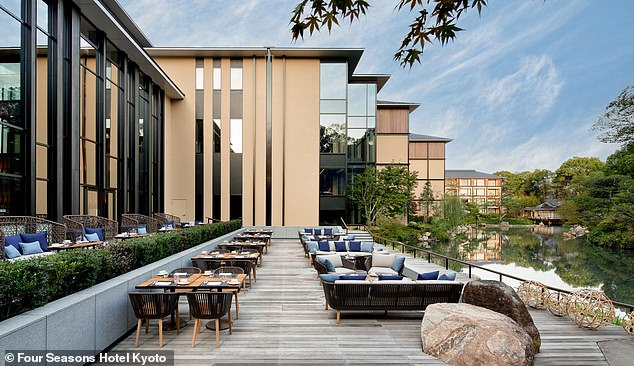
The indoor, upper and outdoor dining areas of Emba Kyoto Chophouse, overlooking the lake
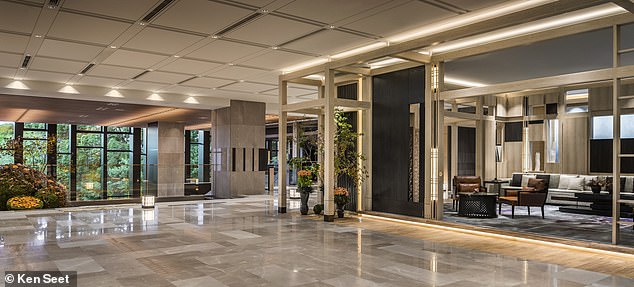
The spacious lobby with high ceilings with installations by Japanese artists.
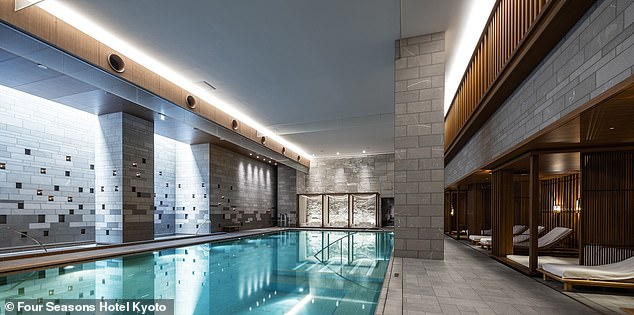
In the underground spa and gym area, there is a 65-foot (20 m) heated pool
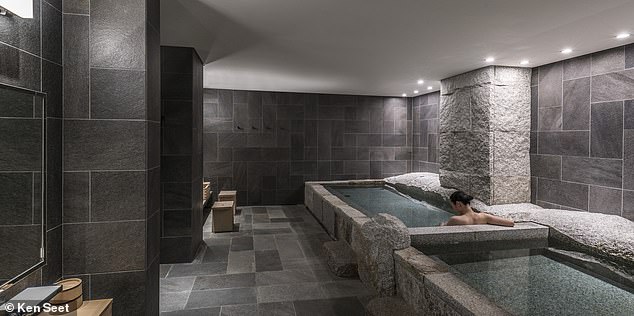
The ‘Ofuro’ baths in the spa area are designed to provide total immersion to the bather
It offers a snapshot of the hotel as a whole: a serene sanctuary dotted with artistic design details.
A bamboo-lined path leads to the entrance. The lobby has high ceilings and is filled with art, with abstract paintings and installations by Japanese artists attracting attention.
A glass elevator takes me to the underground spa and fitness area, a tranquil space spread over two floors.
The main event here is the pool, one of the largest hotel pools in Kyoto, at 20 m (65 ft) long. Steaming hot tubs, ‘ofuro’ baths and saunas make for an outstanding supporting cast.
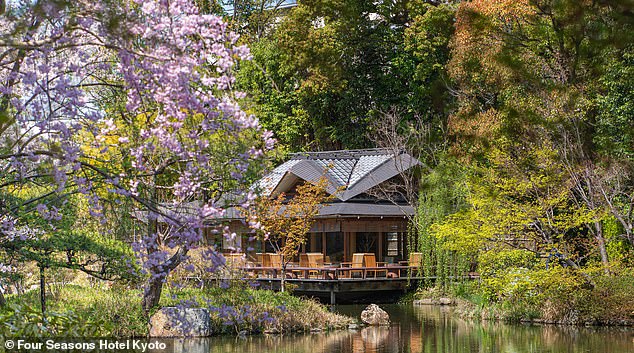
The cypress wood tea house overlooking the tranquil garden pond.
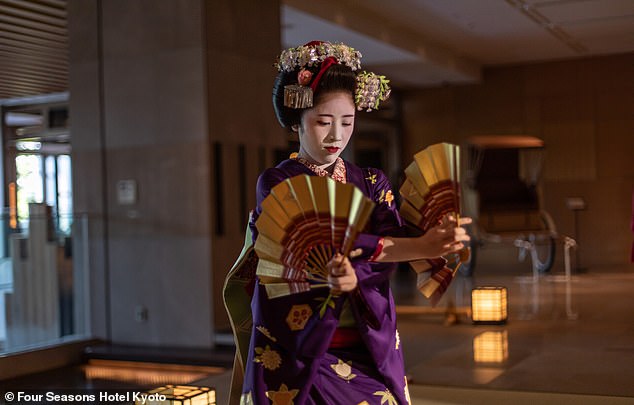
Performance by a maiko, an apprentice geisha, in the hotel lobby
I relax with one of the gym’s free yoga classes before heading out into the city, where many of Kyoto’s most visited temples and shrines are just a short walk away.
There’s even a high-profile neighbor right across the street: the Kyoto National Museum, one of the oldest museums in Japan.
The Gion entertainment district, where geishas perform, is also nearby, although you can experience their art without leaving the hotel through fortnightly performances by an apprentice ‘maiko’ geisha.
I witness one at dusk, with silence falling over the lobby as the young woman dances in harmony to a song about the changing seasons in Kyoto.
A creative touch is also applied to the hotel’s culinary offering. I slide into a table at the Emba Kyoto Chophouse and order a traditional Japanese breakfast (JPY 7,000/£37/$47 with buffet).
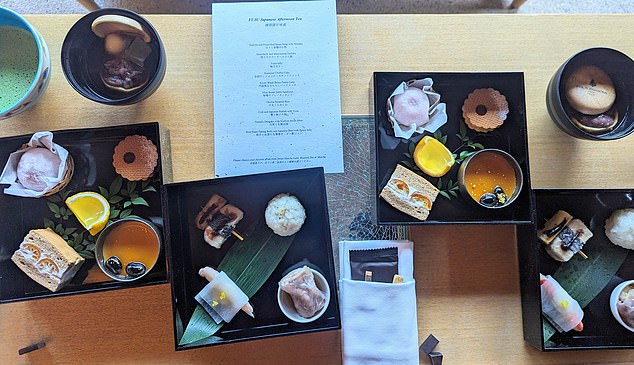
Afternoon tea is beautifully presented in Bento boxes in the Fuju lounge.
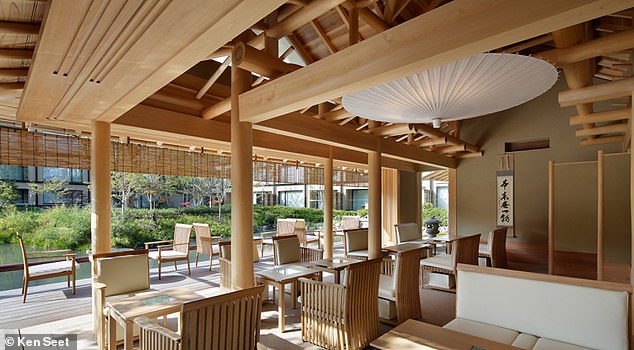
Inside the serene Fuju Hall, overlooking the gardens.
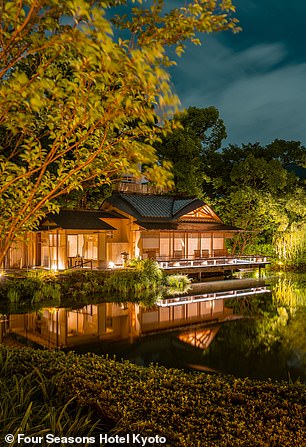
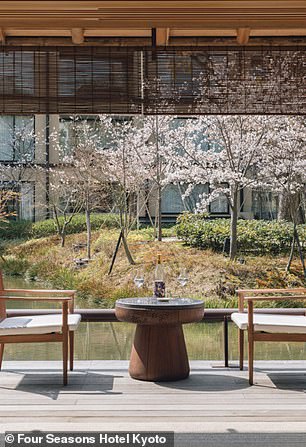
The tea house at night and the seasonal cherry blossoms seen from the tea house
It arrives on a platter, with seasonal delicacies such as shrimp wrapped in pickled radishes and soy milk curd with a spoonful of salmon roe beautifully placed alongside miso soup and steamed rice.
It’s a decadent start to the day, but the most magical dining experience of my stay is yet to come.
It’s afternoon tea in the 800-year-old garden.
Next to the pond there is a cypress wood tea house, divided into two parts; ‘Fuju’ lounge and a tea ceremony room where a small group can participate in traditional brewing rituals with a ‘tea master‘ (JPY 20,000/£106/$135).
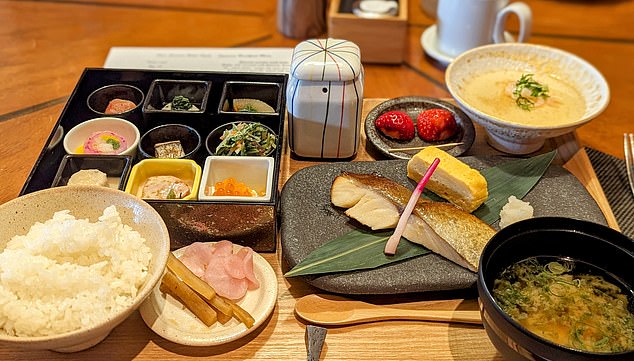
The Japanese breakfast served on a tray that Ailbhe enjoys at Emba Kyoto Chophouse
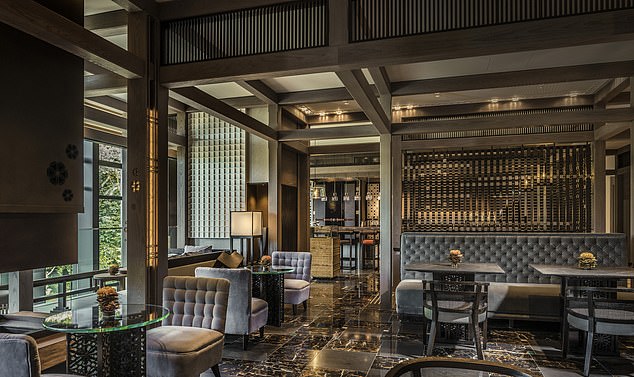
The Lounge & Bar serves everything from coffee and pastries to after-dinner drinks.
I’m shown to a low table at Fuju and presented with a miso butter sandwich and spicy yuzu jelly, arranged in a chocolate box shape with other gorgeous sweets in lacquered boxes (JPY6,500/£34/$44).
While I eat, I admire the garden through panoramic windows. It is common to see the turtles and the pair of herons, nicknamed Angela and Alex, I am told, who call the ponds home. The koi carp dart through the water and the staff provides them with delicate little bags of fish food to throw to them.
Despite its well-located postcode, the hotel seems a million miles from the bustling streets of the city, which attracts more than 70 million visitors a year.
If you’re eyeing a visit to Kyoto, come here to relax, revel in luxury, and be transported to a Japan lost in time.


